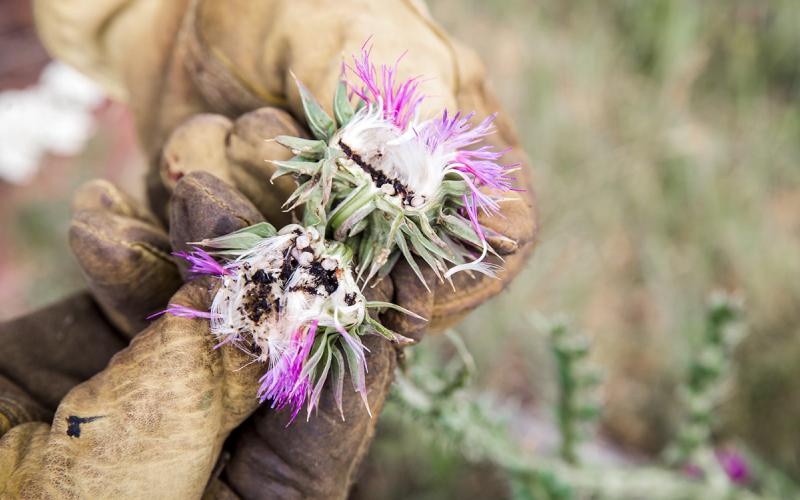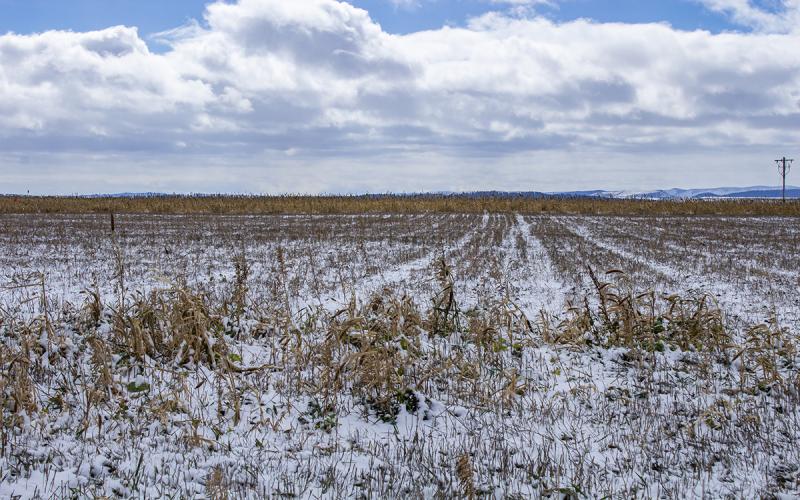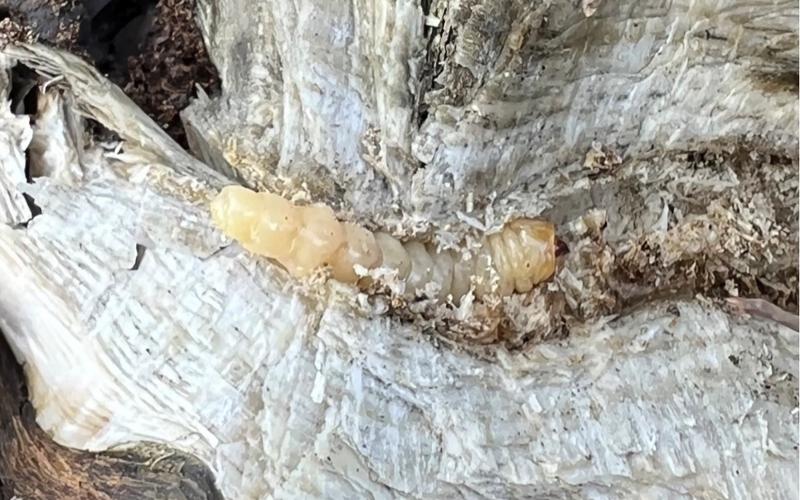Written collaboratively by Paul O. Johnson, former SDSU Extension Weed Science Coordinator; David Vos; Jill Alms; and Leon J. Wrage.
Herbicide Suggestions:
Early competition, especially from grass, is critical for successfully controlling weeds in sorghum. There are preemergence as well as postemergence herbicides available for this crop. Early treatment provides the best control of broadleaved weeds with crop stage also being a critical factor for some postemergence treatments.
Grain sorghum works well in no-till systems. Herbicides to burn down existing weeds or residual treatments are useful. Early preplant and planting-time combinations for no-till are included in several sections of this publication.
Information in this publication is based on South Dakota Agricultural Experiment Station research and other research and observations. An herbicide is included only after the chemical is registered by the Environmental Protection Agency (EPA). This information provides a summary of uses and does not imply a guarantee or responsibility for results, and the label should always be used as the final guide.
Rates:
Rates for most herbicides are listed as product per acre; however rates for glyphosate, 2,4-D, and bromoxynil are listed as acid equivalent (ae) per acre. Refer to the charts provided in this publication to determine the amount required for the specific product being used.
Herbicide Cost:
The costs per acre for low and high rates are listed, however it does not include the cost of additives. Price does not reflect special marketing programs; always consult your dealer for actual price.
Resistance Management:
The table on page 2 contains a brief description of each herbicide site of action. Repeated use of similar herbicide modes of action over multiple years may result in herbicide-resistant weed populations or shifts in weed populations towards weed species that are difficult or costly to control. Maintaining the efficacy of herbicide chemistries through herbicide rotations may be an effective long-term strategy to reduce weed control costs as herbicide patents expire and weed control technology becomes less expensive. To facilitate proper herbicide rotation, the herbicide site of action number is listed next to the herbicide products in this publication.


